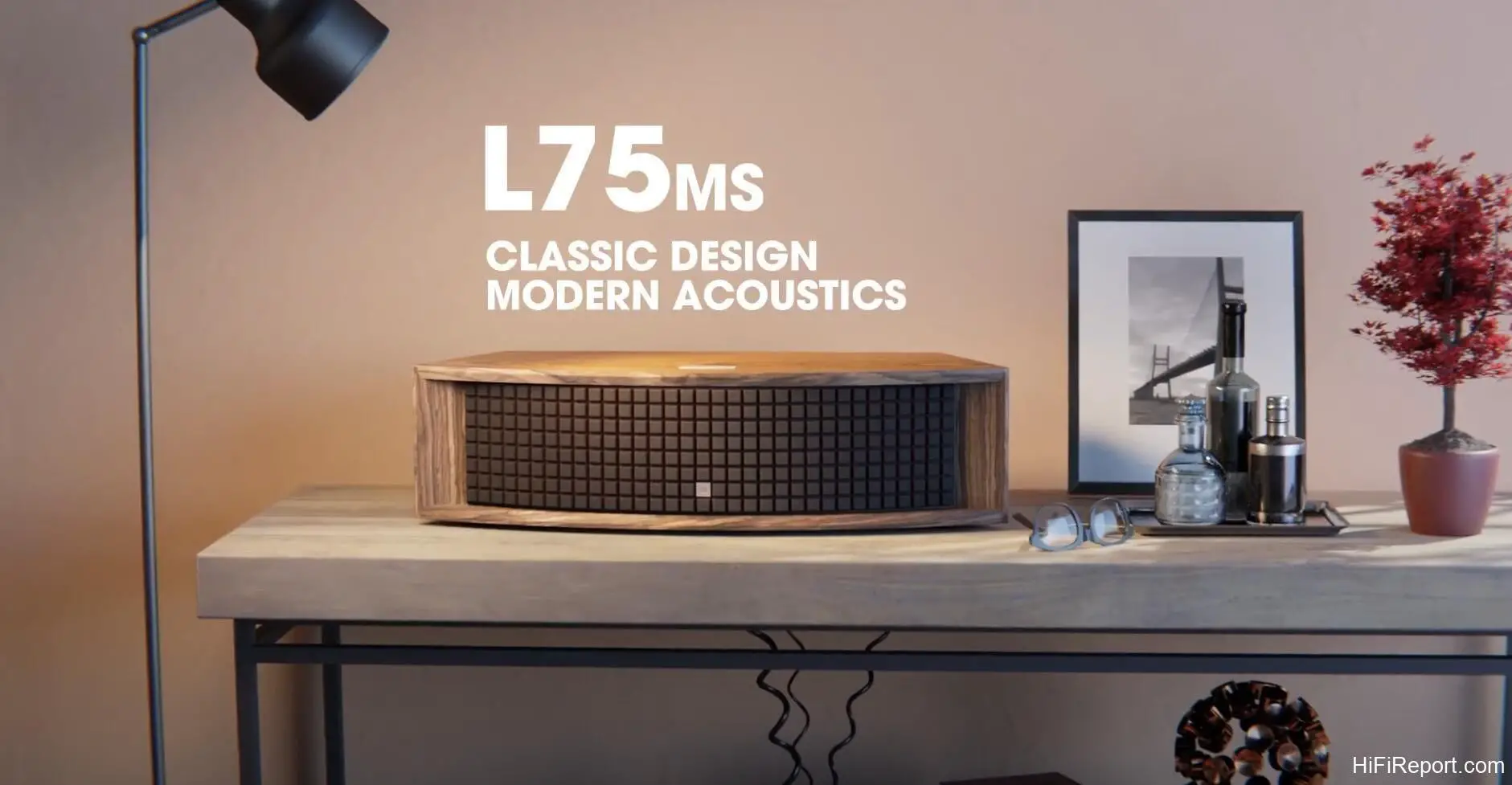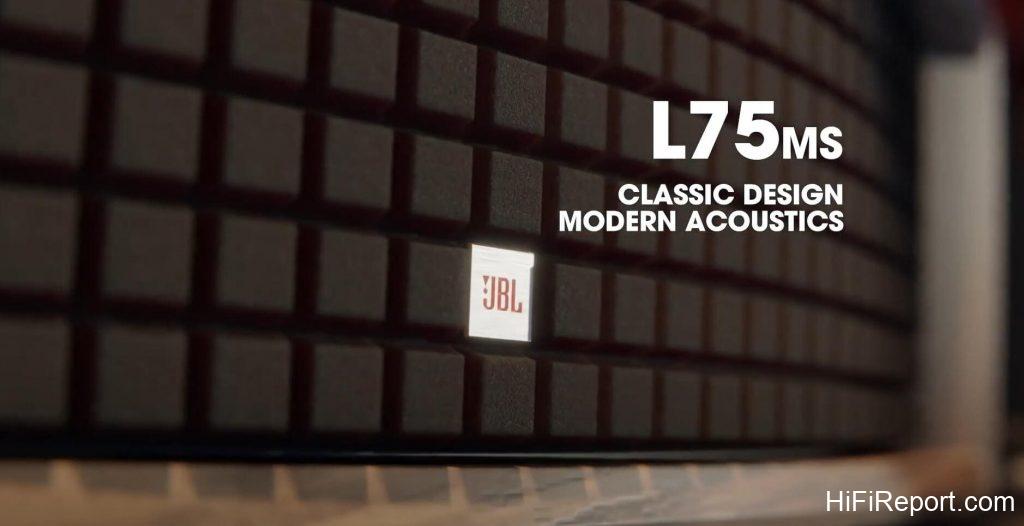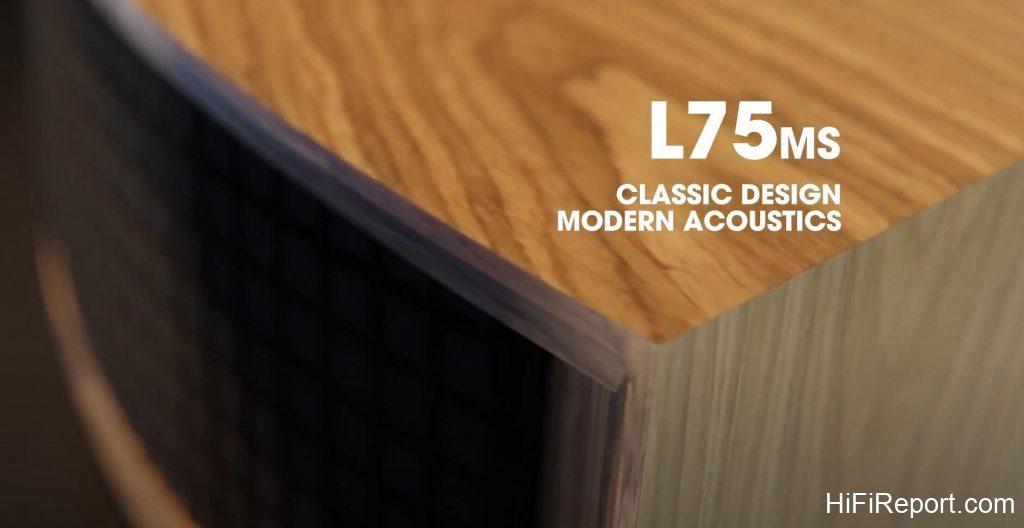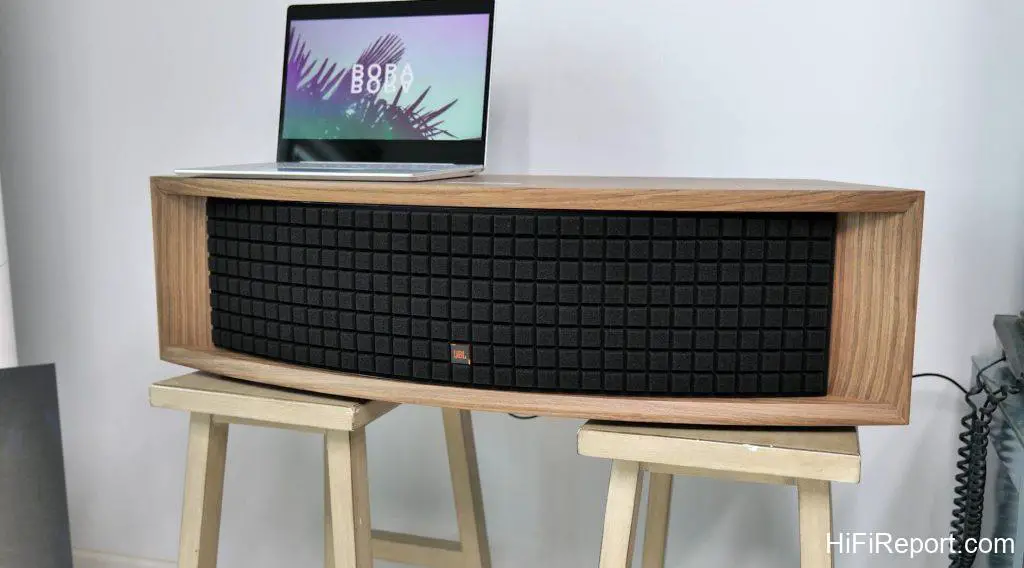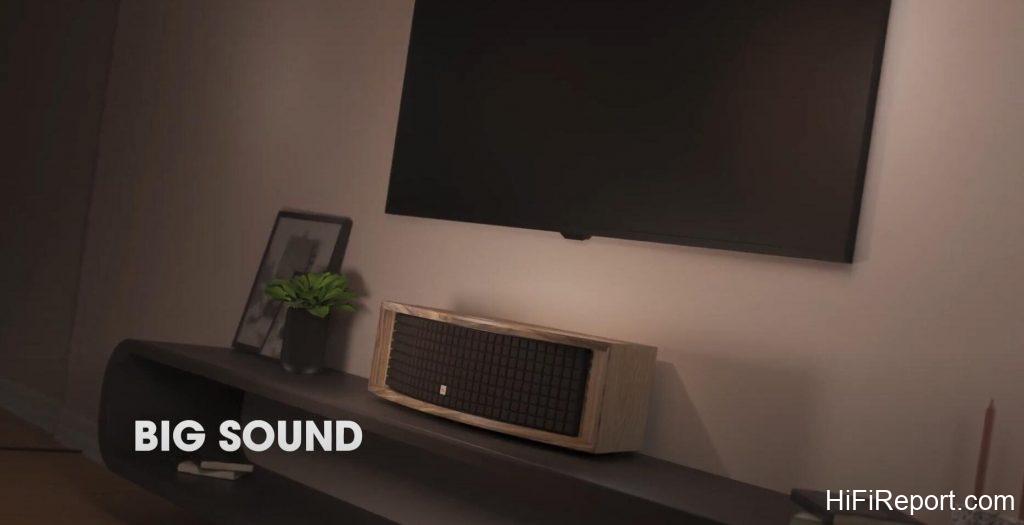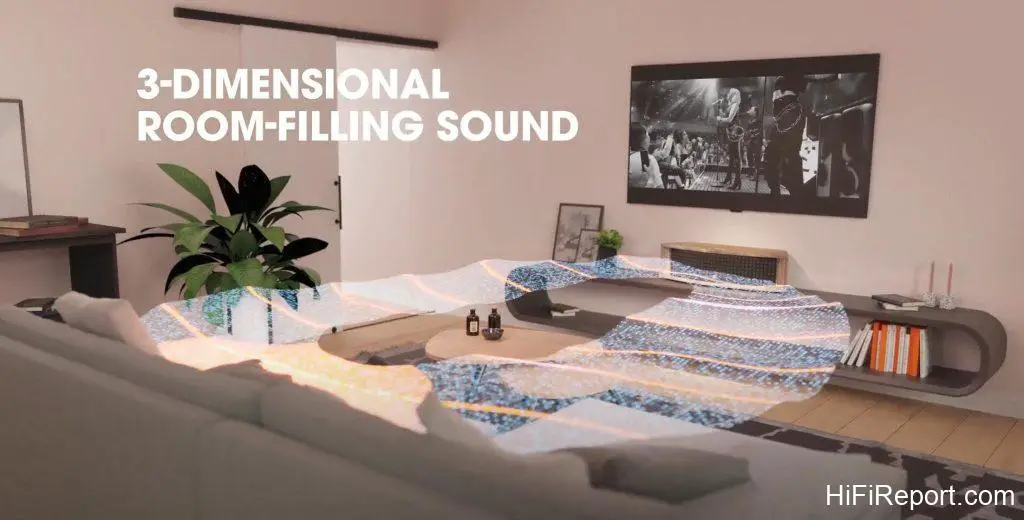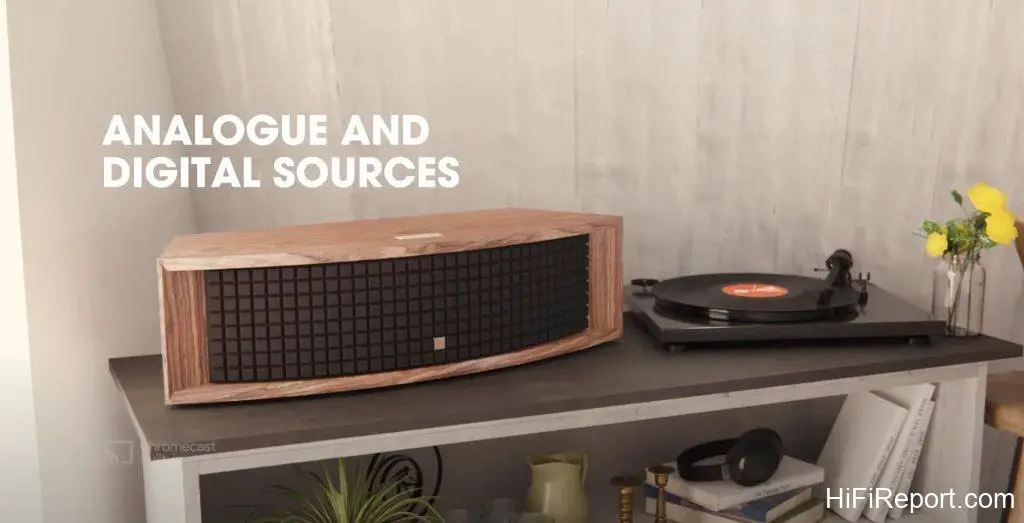JBL L75MS Music System Review
JBL’s newly launched L75ms is an all-in-one wireless streaming audio system that forms a complete audio system on its own. If you buy it, you can buy a turntable to match it, and you don’t need to buy any other equipment. This is different from the way of Hi-End, but a simple, practical, and space-saving solution that considers home decoration.
Owning JBL L75ms is like buying a piece of high-end wooden furniture that can sing, and its exquisite appearance guarantees that your wife will not object to buying it.
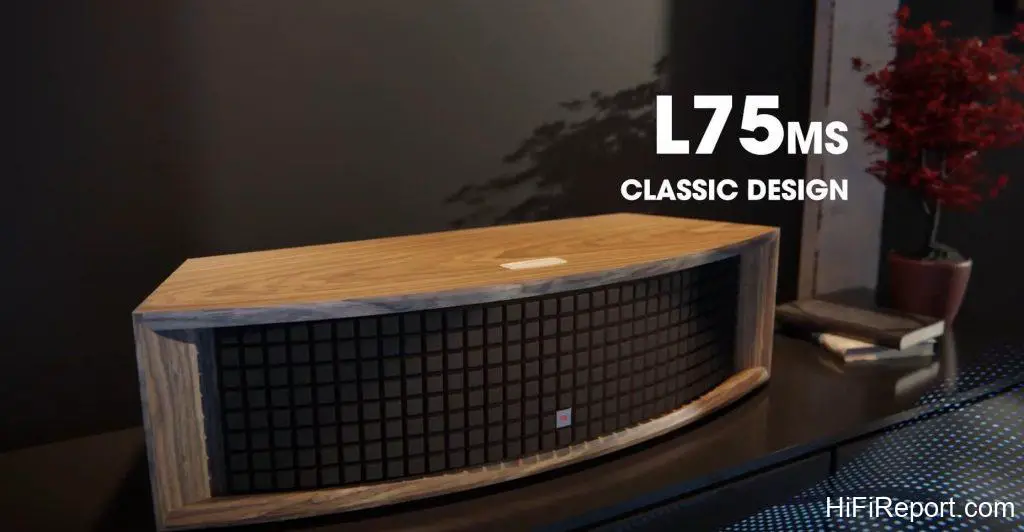
Design
Appearance is subjective, but JBL’s audio design can be described. In terms of functionality, the L75ms is a complete digital streaming audio system that can connect to the internet, Wi-Fi, and Bluetooth. It also has HDMI ARC support for TVs, can be used as a high-end soundbar, and can be connected to a mobile phone via a 3.5mm Aux-in.
However, with more and more phones eliminating the headphone jack (iPhone being the first), the Aux-in connection method is gradually becoming less popular.
Regarding the support for online streaming music services, the JBL L75ms has a built-in Chromecast and supports Airplay 2 and Spotify. Although it may not have everything, it is already fully equipped. Unless you specifically need Tidal, it is already sufficient.
Despite only being designed for online streaming platforms, the L75ms has a 32bit/192 kHz decoding capability, much higher than the standard. It also reserves support for future streaming service upgrades, meaning that if Google, Apple, or Spotify open up high-resolution music streaming, the JBL L75ms can correspondingly decode without replacing the machine.
In addition to its robust 32bit/192kHz decoding, JBL still remembers the analog vinyl good old days. The Phono setting is a genuinely functional MM cartridge amplifier, not just an extra feature. When you buy a turntable, you can pair it with the L75ms to save money on purchasing an MM cartridge amplifier.
It’s really worthy of being JBL, the sound engineering design is very knowledgeable. Be aware of the elegant and retro imitation horn shape of the L75ms. There is a powerful sound core hidden inside. Although it is a single-box self-contained audio system, it is a complete three-way speaker.
The JBL L75ms has five units, including dual 5.25-inch paper cone woofers, double 1-inch aluminum diaphragm tweeters, and a central 4-inch paper cone midrange driver, forming a three-way five-unit structure.
These five units are all driven by independent amplification modules, with 125 watts for the low frequency and 25 watts for the high frequency, adding up to 150 watts. With the double low frequency and double high frequency, it becomes 300 watts.
The mid-range unit is given an additional 50 watts, totaling 350 watts. With such a large power output to drive the L75ms, it’s no wonder that its maximum sound pressure level reaches 106 dB.
Maximum sound pressure of 106 dB? What does that mean? It means you can have a party with this sound system! If you turn the L75ms to maximum volume, unless you live in a remote area, it will attract complaints from your neighbors.
The antique horn-shaped design of L75ms also has acoustic considerations. As an all-in-one audio system, the width of L75ms is fixed and cannot be freely placed like traditional stereo speakers. Therefore, to expand the virtual sound field within the limited speaker width of L75ms, JBL puts the high-frequency speakers on the outer side and the low-frequency speakers on the inner side, with the mid-range speaker unit in the center.
The curved shape of the horn allows the high and low frequencies to Toe-Out to both sides, widening the angle of sound wave projection and creating a broader sound field. The mid-range speaker unit’s single-centered position can make essential dialogue more prominent and focused in the center, transforming L75ms into a high-end soundbar.
Because the JBL L75ms has the concept of “furniture that can sing”, it is likely that users will place the L75ms against the wall. However, this will inevitably cause enhanced low-frequency reflection. JBL solves this problem with the Bass Contour setting, which is very simple with only two options: 0 dB/-3 dB. If the L75ms is placed on an open desktop, set it to 0 dB.
If placed against the wall or in a bookcase, set it to -3 dB to reduce low-frequency resonance and avoid muddy bass. If your listening space is large and you feel that the L75ms needs to be more powerful, no problem. The Subwoofer Out makes it easy to connect an active subwoofer to solve the problem in even larger spaces.
Since L75ms is described as “singing furniture”, mentioning the matte walnut box body is necessary. It looks beautiful just by looking at the photos, but you can only feel the delicate artistry when you see L75ms in person. Paired with the black Quadrex grille, this is a retro element of JBL. This type of grille was used on JBL speakers in the 1970s.
JBL L75ms comes with a remote control that has simple and complete functions. Still, it may be rarely used because it is paired with the MusicLife App, which has more detailed function control options, more intuitive operation, and supports integration with online music streaming services. The remote control is equal to the App, but there are too many remote controls at home, which are often difficult to find when needed. However, the phone is always with you, making it the easiest to operate.
Sound Performance
It’s time to talk about sound! JBL L75ms is an excellent match with a TV. Compared to a soundbar, L75ms is taller and requires more space in front of the TV. The retro appearance of L75ms looks more stylish than a soundbar. In addition to being a beautiful addition to your home, L75ms is also suitable for trendy cafes.
The speakers don’t take up space and can be used as decorations. You can stream music all day with the connection line and set up playlists according to the situation to create a unique and comfortable music space.
The first feature of the L75ms that caught my attention is its precise and detailed soundstage, ultimately defeating budget Bluetooth speakers. If you use Marshall and similar Bluetooth speakers, listening to the L75ms will make you feel that its sound performance is much better!
If you feel that the sound performance of L75ms is not open enough, JBL has added the SFX spatial expansion effect. When you turn it on, the sound field will become more profound, open, and higher.
This is the result of DSP calculation, so the effect is very noticeable. When the SFX spatial expansion effect is turned off, the sound image is more cohesive and solid, but after turning on SFX, the creation of the 3D sound field will be more beautiful.
Is using SFX effects good or bad? The key lies in the way of listening. I want to take “Piazzolla For Two” as an example. This is an album of Piazzolla’s collaboration with guitar and flute. The instrumentation is simple, but the positioning is wonderful. The guitar is played sitting down, while the flute is played standing up. In a well-set sound system, the sound field positioning and height are very clear. Even when the flute is played and occasionally shakes its head, causing a natural drift of the sound image, it is very clear. If you, like me, sit upright and listen closely using L75ms, then the sound without SFX is more accurate and real.
However, the SFX spatial expansion function is a blessing if you want the L75ms to fill the entire space with music so that you can hear relaxing music even when walking around your home. When turned on, the sound field immediately becomes open and transparent, with the positioning of the guitar and flute still present, but the sense of space becomes more immense. Therefore, the sound image is not as thick, but because the music space is expanded, you can still hear the relaxing guitar and flute even if you are not sitting directly in front of the L75ms.
Listening to pop and jazz is JBL’s strong suit. The taste is excellent. Choose Oscar Peterson Trio’s “We Get Requests” album and listen to “Quiet Night of Quiet Stars”. With L75ms, the sense of space on the stage is easily opened up, and the trio’s instruments are separated. Of course, a well-set traditional two-channel may perform better than L75ms’ sound field performance. Still, if the listening space does not allow free placement and the two-channel is not set up correctly, it may not be better than L75ms with SFX sound field expansion turned on.
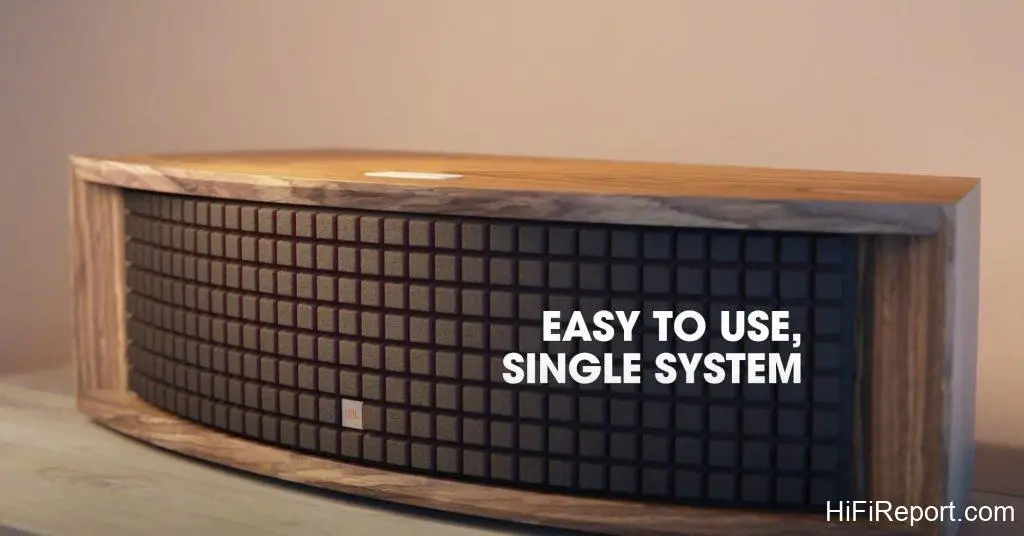
It’s like listening to Bill Evans’ classic album “Waltz For Debby”. “My Foolish Heart” starts with a gentle piano opening, jazz drums brushing and hitting cymbals, and the delicate sound of Hi-Hat is constantly ringing in the ears. Even at L75ms, it presents a warm and lazy jazz atmosphere. The mid-range has an appropriate thickness, and the extension of the mid-to-high range allows the delicate sound of the drum brush to depict a broad sense of space, contrasting with the rich and condensed piano solo. Listening to jazz music like this is very satisfying.
Conclusion
If you are considering selecting a Soundbar to enjoy music, but feel that you have more demand for listening to music and less time for watching videos, then the L75ms can be the most suitable single-piece audio system. Buying the L75ms within this budget, whether for creating a sound field or for sound pressure output energy, the JBL L75ms exceeds my expectations for a single-piece audio system.
The design with the center-mounted mid-range unit also makes the L75ms suitable for watching videos. If you often watch YouTube, the dialogue will be more condensed and precise. However, the sound effect is not the most important consideration, but rather the fact that the L75ms is such a simple and beautiful audio system that does not take up space,
